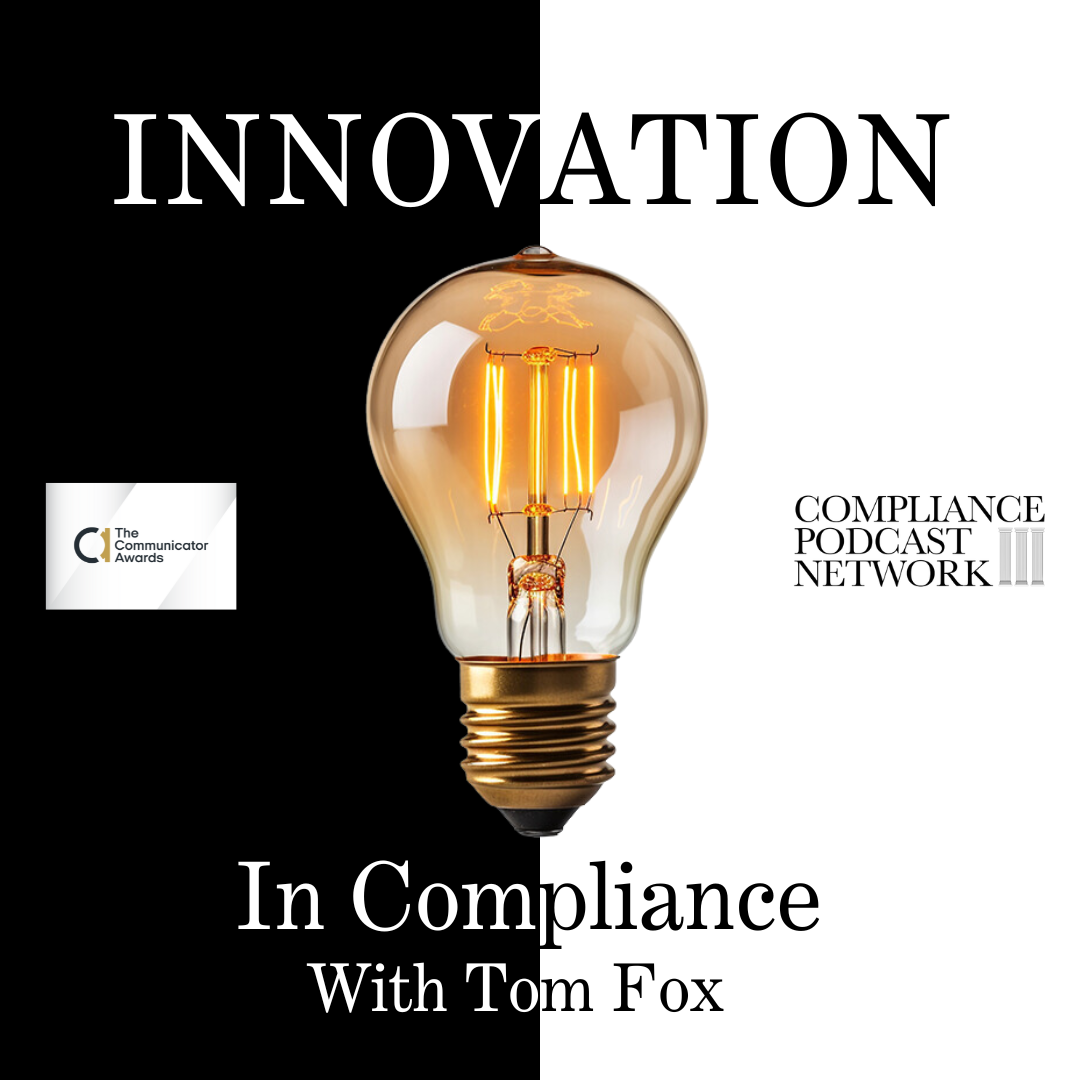Last month, I wrote a blog post on the tone at the top, exemplified in Star Trek’s Original Series episode, Devil in the Dark. Based on the response, some passionate Star Trek fans are out there. I decided to write a series of blog posts exploring Star Trek: The Original Series episodes as guides to the Hallmarks of an Effective Compliance program set out in the FCPA Resources Guide, 2nd edition. The Department of Justice (DOJ) and Securities and Exchange Commission (SEC) outlined 10 characteristics of an effective compliance program in the FCPA Resources Guide, 2nd edition. Today, I’ll continue my two-week series by examining them.
Today, I am looking at the episode The Galileo Seven, which offers valuable lessons for Chief Compliance Officers (CCOs) regarding resources, authority, and expertise. Here’s why this episode stands out and the lessons it provides: In The Galileo Seven, Spock, McCoy, Scott, and four other crew members are on a shuttlecraft mission to study a quasar-like phenomenon when they crash-land on a hostile planet. As they struggle to repair Galileo and survive the planet’s dangers, Spock, as the highest-ranking officer, must lead the group despite internal conflict and limited resources. Meanwhile, Captain Kirk faces pressure to abandon the search for the crew to deliver vital medical supplies on time.
Lesson 1 – Resource Allocation
The crashed crew has limited resources, such as a dwindling fuel supply and basic equipment, to repair the shuttle and defend against hostile creatures. Spock’s logical approach emphasizes the importance of maximizing the use of available resources to ensure survival. The lesson for a CCO is that efficient resource allocation is crucial in compliance. CCOs must prioritize and allocate resources wisely to ensure compliance programs are effective, especially when operating under budget constraints. This involves assessing the most critical areas that require attention and allocating resources to mitigate the highest risks.
Many Star Trek aficionados have long believed the Galileo Seven’s mission was doomed from the start due to insufficient resources. The crew needed to be equipped for the harsh environment, needing proper survival gear and communication systems. Prioritize resource allocation for critical functions. The CCO must ensure compliance resources are directed towards high-risk areas and essential functions. This includes adequate staffing, training, and technology. Finally, you must develop contingency plans for resource shortages. The crew lacked a backup plan when their primary systems failed. CCOs should anticipate potential resource constraints and develop contingency plans to mitigate risks.
Lesson 2 – Authority
As the ranking officer, Spock must assert his authority and lead the crew despite skepticism and resistance from others. His team’s emotional and survival-driven needs put his leadership style, based on logic and reason, to the test. The lesson for a CCO is that authority and leadership are vital for implementing and enforcing compliance policies effectively. CCOs must assert their authority to influence and guide the organization toward ethical practices. Balancing logical decision-making with emotional intelligence can help gain buy-in from employees and management.
Regarding authority, this episode highlights the need for clearly defined roles and responsibilities and a transparent chain of command. The crew’s lack of clear leadership contributed to their downfall. Your CCO should be able to make independent decisions and take necessary actions to ensure compliance. Finally, there must be accountability, as the crew’s failure to hold each other accountable for their actions led to a cascade of errors. CCOs should cultivate a culture where everyone understands their responsibilities and the consequences of non-compliance.
Lesson 3 – Expertise
The crew relies on Spock’s science and engineering expertise to solve technical problems, such as repairing the shuttle and navigating off the planet. Spock’s analytical approach enables them to overcome obstacles, even as unexpected challenges arise. The lesson for a CCO is that expertise in compliance with regulations and industry standards is essential. A strong foundation in compliance knowledge enables CCOs to identify risks, develop effective policies, and respond to challenges efficiently. Continuous learning and staying updated on regulatory changes enhance a CCO’s ability to solve complex compliance issues.
This episode emphasized the value of diverse expertise. The crew needed to gain the necessary knowledge in survival, navigation, and alien biology. CCOs should assemble a team with diverse expertise to address various compliance challenges. There must be an investment in ongoing training and development. The crew’s lack of training in survival techniques proved fatal. CCOs should prioritize continuing training and development so that their team stays current with evolving regulations and best practices. There are times when a CCO must go outside and seek external expertise. The crew could have benefited from consulting with experts in alien environments. CCOs should not hesitate to seek external expertise when facing complex compliance issues.
This episode emphasized the value of diverse expertise. The crew needed to gain the necessary knowledge in survival, navigation, and alien biology. CCOs should assemble a team with diverse expertise to address various compliance challenges. There must be an investment in ongoing training and development. The crew’s lack of training in survival techniques proved fatal. CCOs should prioritize continuing training and development so that their team stays current with evolving regulations and best practices. There are times when a CCO must go outside and seek external expertise. The crew could have benefited from consulting with experts in alien environments. CCOs should not hesitate to seek external expertise when facing complex compliance issues.
The Galileo Seven reminds CCOs that insufficient resources, unclear authority, and inadequate expertise can lead to disastrous consequences. By learning from the crew’s mistakes, CCOs can build robust compliance programs that mitigate risks and ensure long-term success. It also highlights key aspects of resource management, authority, expertise, decision-making, and communication that directly apply to the Chief Compliance Officer role. By drawing lessons from Spock’s leadership under challenging circumstances, CCOs can better navigate their complex responsibilities, ensuring their organizations uphold the highest standards of compliance and integrity.
Join us tomorrow as we consider the lessons on risk assessments from the Star Trek episode Balance of Terror.












